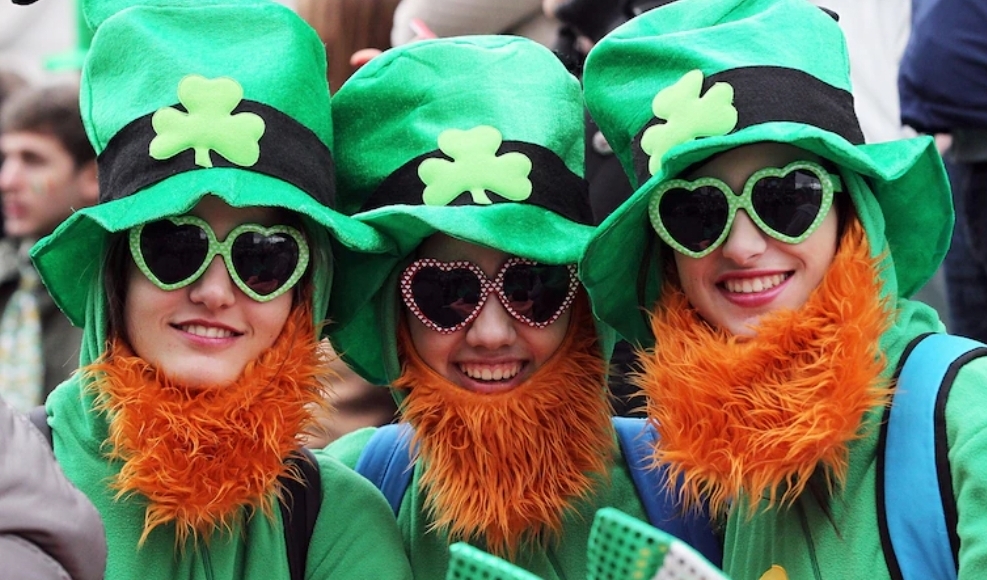Table of Contents

St. Patrick’s Day, celebrated on March 17 each year, is one of the most prominent cultural and religious events observed by Irish communities worldwide. In 2025, this celebration renews itself, blending ancient traditions with contemporary spirit, reflecting the impact of Irish culture on the global stage.
Who is St. Patrick?
St. Patrick is a central figure in Irish history. Born in Roman Britain in the 4th century, he was kidnapped and brought to Ireland as a slave at the age of 16. After years of captivity, Patrick managed to escape but later returned to Ireland to introduce Christianity to the Irish people. It is believed that St. Patrick died on March 17, which is the date commemorated annually.
The History of the Celebration
The Irish began observing St. Patrick’s Day as a feast day in the 9th or 10th century, recognizing it as a time for religious celebration. However, the first official parade honoring this day took place in the United States, specifically in New York City, on March 17, 1766. Since then, the holiday has evolved into a celebration of Irish culture, especially among Irish Americans.
From Religious Observance to Cultural Celebration
While St. Patrick’s Day originally was a solemn religious occasion, it gained a festive reputation, particularly in the United States. Today, the celebrations serve as an opportunity to honor Irish heritage, with people donning green attire, participating in parades, and enjoying traditional foods and beverages.
Statistics on the Irish in America
According to the U.S. Census Bureau, approximately 30.5 million Americans claimed Irish ancestry in 2023. Cook County in Illinois, which includes Chicago, has the largest population of Irish Americans, numbering 434,081. Additionally, 117,219 Americans were born in Ireland, highlighting the deep connections between the two nations.
The Role of Music and Dance
Music and dance are integral parts of St. Patrick’s Day celebrations. Traditional Irish music, featuring instruments like the fiddle, tin whistle, and bodhrán, fills the air during parades and gatherings. Irish dance performances, characterized by energetic footwork and lively costumes, captivate audiences and showcase the rich artistic heritage of Ireland. These elements not only enhance the festive atmosphere but also serve to educate people about the cultural significance of Irish traditions.
Community and Connection
St. Patrick’s Day also fosters a sense of community and connection among people of all backgrounds. While it primarily celebrates Irish culture, the holiday welcomes everyone to join in the festivities. Many cities organize family-friendly events, including fairs, cultural exhibitions, and community service activities, encouraging participation and fostering goodwill. This inclusivity helps bridge cultural gaps and promotes understanding among diverse populations.
The Importance of the Holiday in Promoting Cultural Identity
St. Patrick’s Day is a unique occasion for fostering Irish cultural identity worldwide. In Ireland, the day is used to promote international partnerships across various industries, reflecting the pride of the Irish in their heritage. While St. Patrick’s Day is not a federal holiday in the United States, it is recognized as a bank holiday, underscoring its significant role in American culture.
You Might Like: Trump Administration Considers New Travel Restrictions on 41 Countries
As St. Patrick’s Day 2025 approaches, millions around the world prepare to celebrate their history and cultural identity. Through parades and social gatherings, people showcase their pride in their Irish heritage, making this day not just a celebration but an expression of unity and identity. St. Patrick’s Day symbolizes the connection between cultures and reflects the strength of Irish culture across the globe.
